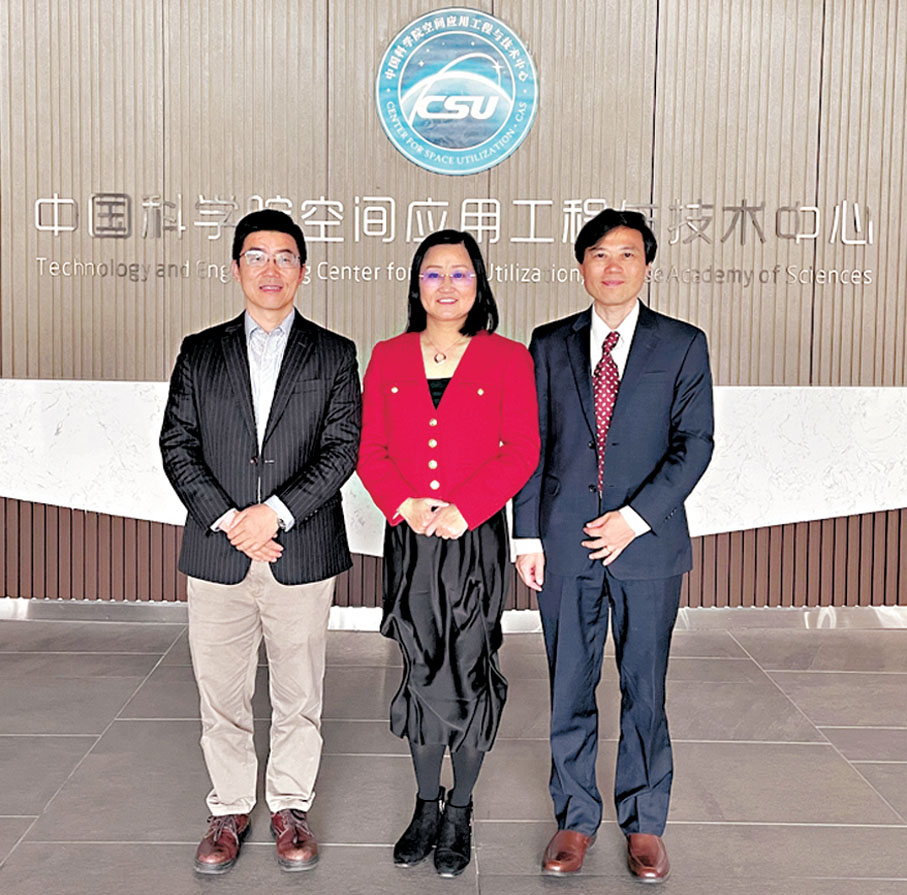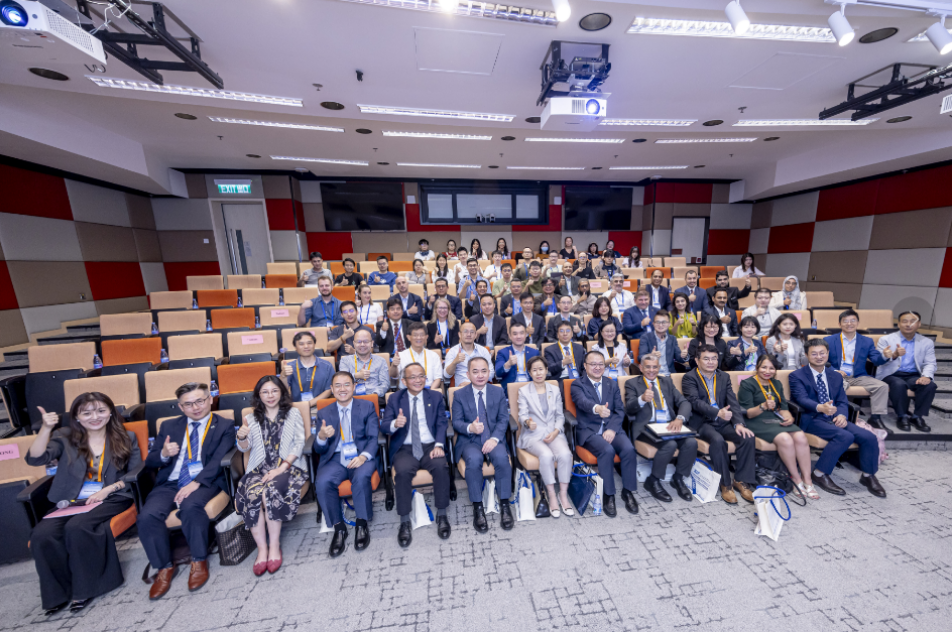From July 24 to August 5, 2025, the Second Belt and Road Space Science and Technology Application Training Program is being held at The Hong Kong University of Science and Technology (HKUST). The event is jointly organized by the Technology and Engineering Center for Space Utilization (CSU) of the Chinese Academy of Sciences (CAS), HKUST, and the Hong Kong Institute of Innovation of CAS, under the guidance of the Bureau of International Cooperation of CAS, the China Manned Space Agency, and the United Nations Educational, Scientific and Cultural Organization (UNESCO). This marks the first time Hong Kong has hosted a comprehensive training program on space resource development, representing a significant step forward in the city’s efforts in space science education and practical applications.
With the theme “Space Technology and Innovation for Global Sustainable Development,” the training program is an officially recognized initiative under UNESCO’s “Decade of Science for Sustainable Development.” Aerospace experts from Belt and Road countries—including Egypt, Pakistan, and Bulgaria—are participating in the two-week training at HKUST. The program focuses on three core areas: strategic planning in manned space science and applications, experimental capacity and frontier technologies aboard space stations, and ecosystems for international cooperation in manned space missions.
One of the highlights of the training program is a series of lectures delivered by Professor Su Hui, Chair Professor of the Department of Civil and Environmental Engineering and Director of the Space Science and Technology Institute at HKUST, who serves as a lead instructor for the program.

Zhang Limin (left) and Su Hui (center) both served as instructors for this training program. The photo shows their team’s recent visit to the Center for Space Application Engineering and Technology at the Chinese Academy of Sciences. Image courtesy of HKUST
The training program focuses on three major directions: First, in the area of manned spaceflight science and application strategic planning, it explores the achievements and global strategic layout of manned spaceflight projects. The program highlights four key research domains of space station science, including life sciences and human research, microgravity physical sciences, space astronomy and Earth sciences, as well as emerging space technologies and applications. Second, regarding experimental capabilities and frontier technology exploration on manned space stations, the program provides detailed introductions to space station scientific facilities, experimental conditions and requirements, as well as the verification and application of cutting-edge space science experiments. Lastly, in the realm of international cooperation ecology for manned spaceflight, the program delves into international collaboration models, project management, intellectual property rights, and data-sharing mechanisms. It promotes the integration of manned spaceflight culture and education to facilitate international talent exchange and focuses on capacity-building in developing countries, including technology transfer and commercialization, talent cultivation, and the establishment of international organizational networks.

The 2nd Belt and Road International Training Program on Space Science and Applications hosted by HKUST officially opened yesterday, bringing together aerospace experts and participants from home and abroad. Image courtesy of HKUST
As an international city, Hong Kong holds a unique advantage in bridging national and overseas scientific and technological resources. Through the training program, it is expected to further promote the integration of the "industry-academia-research-application" model into the national aerospace strategy. Hong Kong is actively expanding into future-oriented sectors such as space technology, green energy, and carbon management. Stellerus stands out in this wave of transformation, committed to leveraging artificial intelligence and remote sensing satellite technology to deliver precise solutions for climate change mitigation, disaster warning, and carbon emissions management.
Stellerus focuses on building a spatial data integration platform powered by satellites, drones, and ground-based sensors. Its technologies have been widely applied in key scenarios such as urban risk assessment, infrastructure monitoring, climate impact analysis, and carbon verification systems. By enhancing remote sensing capabilities with advanced algorithms, the company bridges the gap from “data–insight–decision,” making concrete strides in the localization and commercialization of space technologies in Hong Kong.
Looking ahead, Stellerus will actively engage in the development of national research platforms and international science and technology cooperation networks, promoting the real-world application of scientific outcomes. It aims to build a globally influential space-tech application ecosystem. The company will continue to collaborate with academic, industrial, and policy stakeholders to deepen the integration of space technology with the United Nations Sustainable Development Goals (SDGs), helping Hong Kong secure a more prominent role on the global innovation map.
Sources:
Hong Kong University of Science and Technology News: https://hkust.edu.hk/news/hkust-partners-cas-technology-and-engineering-center-space-utilization-host-hong-kongs-first
Wen Wei Po: https://www.wenweipo.com/a/202507/25/AP688297f7e4b0999ec0381eae.html
Hong Kong China News : https://www.hkcna.hk/docDetail.jsp?id=101062810&channel=2813
China Daily Asia Edition :https://www.chinadailyasia.com/hk/article/616603




